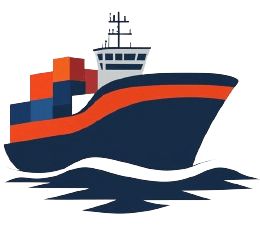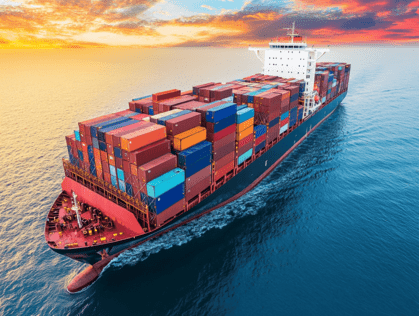Integrated Customs Risk Management Platforms vs. Disparate Systems:
| Criteria | Integrated Customs Risk Management Platforms | Disparate Systems |
|---|---|---|
| Definition | Unified platforms that manage all customs risk-related processes across an organization. | Multiple systems, often not connected, each handling different parts of customs risk management. |
| Data Integration | High data integration allowing for seamless communication and data flow across processes. | Low integration, with data silos common and information sharing between systems often manual. |
| Efficiency | Highly efficient due to automation and centralization of data and processes. | Less efficient, with duplicated efforts and delays in data processing common. |
| Cost of Implementation | Higher upfront costs for integration and training, but lower long-term operational costs. | Lower initial costs but higher long-term costs due to inefficiencies and maintenance of multiple systems. |
| Scalability | Highly scalable; can easily adapt to increased volume or changes in business scale. | Scalability is limited and often costly, requiring significant changes or additions to multiple systems. |
| User Training and Expertise | Requires comprehensive training on one platform, simplifying the learning curve. | Requires understanding multiple systems, which can complicate training and day-to-day operations. |
| Compliance with Customs Regulations | Enhanced compliance capabilities due to real-time updates and centralized control. | Compliance can be challenging due to the lack of real-time updates and inconsistencies across systems. |
| Risk Detection and Management | More effective at detecting and managing risks due to integrated analytics and reporting. | Risk management is reactive and less coordinated, often leading to oversight and errors. |
| Maintenance and Upkeep | Simplified maintenance due to a single system architecture. | Complex and costly maintenance requirements for multiple systems. |
| Real-time Monitoring and Alerts | Real-time monitoring and instant alerts for issues or changes in the regulatory environment. | Limited or delayed alerts, depending on the specific system’s capabilities. |
| Data Security | Enhanced data security through centralized security measures. | Potential security risks due to multiple systems with varying levels of security protocols. |
| Customization and Flexibility | High customization capabilities to align with specific business needs and processes. | Customization is limited by the capabilities of each individual system; may require multiple custom solutions. |
| Operational Transparency | Provides a holistic view of operations and risk status, enhancing transparency. | Transparency is compromised by disconnected systems, making oversight more challenging. |
| Reporting and Analytics | Advanced reporting and analytics capabilities due to unified data sources. | Reporting is often inconsistent and more labor-intensive to consolidate from different sources. |
| Recovery and Business Continuity | Easier to manage in crisis situations due to centralized data and processes. | Recovery can be complex and disjointed due to reliance on multiple systems. |
| Example Technologies | Platforms like SAP GTS, Oracle Global Trade Management. | A combination of local databases, Excel sheets, and standalone software products. |
| Impact on Decision-Making | Facilitates quicker and more informed decision-making through integrated insights. | Slower decision-making due to the need to gather and verify information from disparate sources. |
| Environmental Impact | Potentially lower environmental impact due to efficient operations and less paper use. | Higher environmental impact due to inefficiencies and greater use of physical resources. |
Integrated Customs Risk Management Platforms offer significant advantages in efficiency, scalability, compliance, and security over Disparate Systems, which are often hampered by inefficiencies, security risks, and difficulties in data integration and compliance management.


